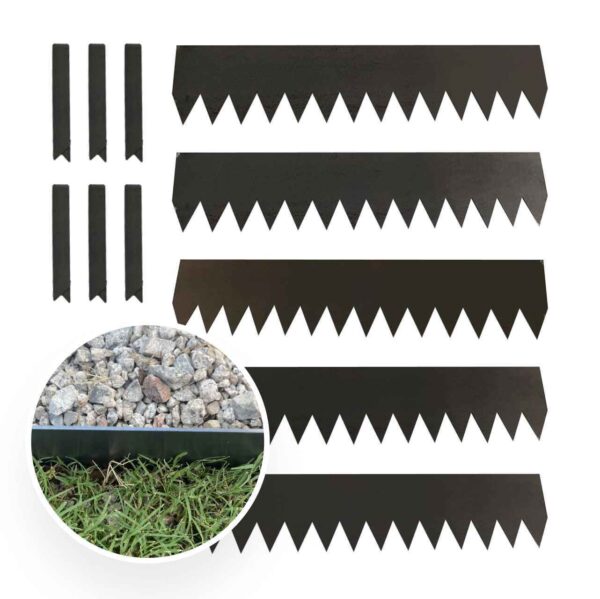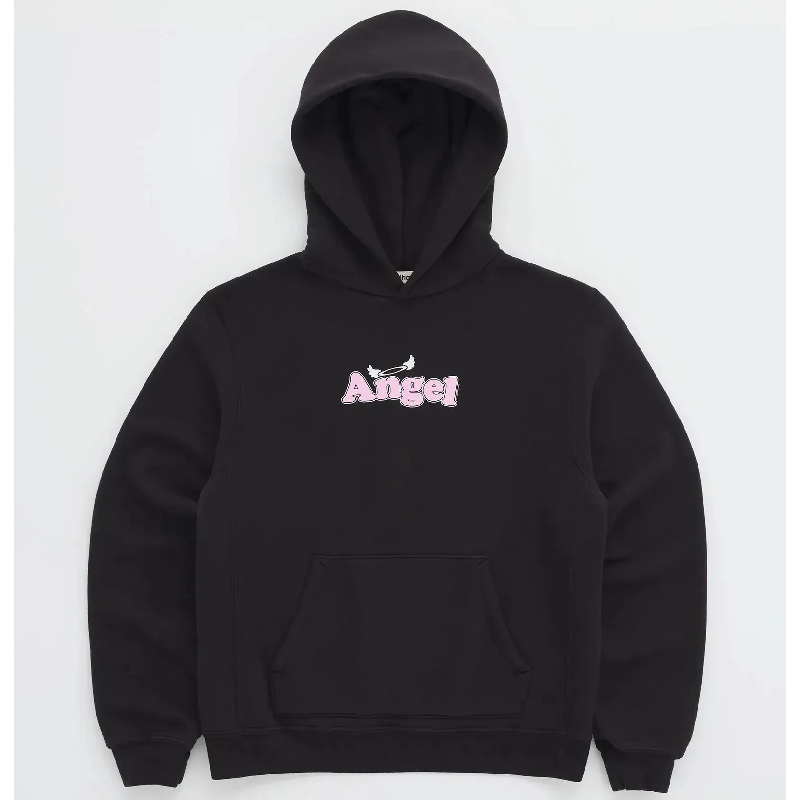What Materials Are Ideal For Durable Kitchen Cabinets?

When it comes to designing a kitchen that is both functional and aesthetically pleasing, choosing the right materials for your cabinets is crucial. Durable kitchen cabinets are not just about style; they need to withstand daily wear and tear, resist damage, and maintain their appearance over time. Kitchen cabinet manufacturers play a significant role in providing these durable options. In this article, we will explore the ideal materials for durable kitchen cabinets, providing insights into their benefits and how they can enhance your kitchen’s overall performance and longevity.
Solid Wood: Classic and Resilient
Solid wood has long been a favorite choice for kitchen cabinets due to its natural beauty and robustness. Wood varieties such as oak, maple, cherry, and hickory are popular for their strength and durability. Each type of wood brings its unique grain patterns and colors, allowing for a range of design options that can complement any kitchen style.
One of the main advantages of solid wood is its ability to be refinished. Over time, if your cabinets begin to show signs of wear, they can be sanded down and repainted or stained to refresh their look. However, it’s important to note that solid wood can be prone to expanding and contracting with changes in humidity, which might require additional maintenance.
Plywood: A Strong Alternative
Plywood is another excellent choice for durable kitchen cabinets. Made from layers of wood veneer glued together, plywood is designed to be strong and resistant to warping and cracking. This material is particularly suitable for cabinets because it provides excellent structural integrity without the issues associated with solid wood.
Plywood also tends to be less susceptible to the effects of moisture compared to solid wood, making it a good option for areas that might experience high humidity. Additionally, plywood is generally more affordable than solid wood, providing a cost-effective solution for homeowners looking for durability on a budget.
Medium Density Fiberboard (MDF): Versatile and Cost-Effective
Medium Density Fiberboard, or MDF, is a composite material made from wood fibers, wax, and resin. It is known for its smooth surface and uniform texture, making it an ideal canvas for painting. MDF does not have the grain patterns of solid wood or plywood, but it can be manufactured to mimic these styles, offering a sleek and modern look.
One of the primary benefits of MDF is its resistance to warping and cracking. It is also less prone to damage from humidity, making it suitable for various kitchen environments. However, MDF can be less durable than plywood or solid wood when it comes to heavy impacts, so it might not be the best choice for high-traffic areas.
Thermofoil: Durable and Easy to Maintain
Thermofoil cabinets are made by applying a vinyl laminate to medium-density fiberboard or particleboard. This material is known for its durability and ease of maintenance. Thermofoil is resistant to scratches, dents, and moisture, making it an excellent choice for busy kitchens.
Thermofoil cabinets are also available in a wide range of colors and finishes, allowing for a customizable look that can suit various design preferences. Additionally, the smooth surface of thermofoil cabinets is easy to clean, which adds to their practicality in a kitchen setting.
Particleboard with Melamine: Budget-Friendly and Practical
Particleboard with melamine is another economical option for kitchen cabinets. Particleboard is made from wood particles bonded together with resin, and the melamine finish provides a durable and attractive surface. This material is generally less expensive than plywood or solid wood, making it a popular choice for budget-conscious homeowners.
While particleboard with melamine is less durable than other options, it still offers decent performance for kitchen cabinets. It is resistant to moisture and stains, though it may not be as strong as plywood. For those seeking a cost-effective solution, particleboard with melamine provides a good balance between affordability and durability.
High-Pressure Laminate (HPL): Robust and Stylish
High-Pressure Laminate (HPL) is a popular choice for kitchen cabinets due to its durability and wide range of design options. Made by fusing layers of paper and resin under high pressure, HPL creates a surface that is resistant to scratches, stains, and moisture. This makes it an excellent option for busy kitchens that experience heavy use.
One of the key benefits of HPL is its versatility in design. It comes in various colors, patterns, and textures, including options that mimic natural materials like wood and stone.
Stainless Steel: Modern and Durable
Stainless steel cabinets offer a sleek, modern look that is both durable and easy to maintain. This material is highly resistant to heat, moisture, and stains, making it ideal for the high demands of a kitchen environment. Stainless steel is also non-porous, which helps prevent the growth of bacteria and ensures a hygienic workspace.
Another advantage of stainless steel is its strength. It can withstand heavy use and resist dents and scratches better than many other materials.
Acrylic: Sleek and Durable Finish
Acrylic cabinets are known for their high-gloss finish and contemporary appeal. Made from a plastic material that is both durable and visually striking, acrylic cabinets are resistant to scratches and easy to clean. The glossy surface reflects light, making spaces appear brighter and more expansive.
Acrylic cabinets come in a variety of colors and finishes, allowing homeowners to create a sleek and modern look. They are also moisture-resistant, which helps prevent warping and swelling over time.
Glass-Front Cabinets: Elegant and Low Maintenance
Glass-front cabinets combine functionality with elegance, offering a way to display your kitchenware while keeping it protected. These cabinets typically feature a solid frame with glass panes that can be clear, frosted, or textured. Glass-front cabinets can add a touch of sophistication to any kitchen and make smaller spaces feel more open.
The glass used in these cabinets is often tempered to ensure durability and resistance to impact.
Veneer-Finished Cabinets: Affordable Elegance
Veneer-finished cabinets offer a cost-effective way to achieve the look of solid wood without the associated expense. A veneer is a thin layer of real wood applied over a core material such as MDF or particleboard. This provides the appearance of solid wood while using less of the more expensive material.
Veneer finishes can replicate various wood types, offering a wide range of aesthetic options. They are generally more resistant to warping than solid wood and can be easily maintained.
Conclusion
Selecting the ideal material for your kitchen cabinets involves considering factors such as durability, aesthetics, maintenance, and budget. Solid wood offers timeless beauty and strength, while plywood provides excellent structural integrity and moisture resistance. MDF and thermofoil offer modern looks with easy maintenance, and particleboard with melamine presents a budget-friendly option.









